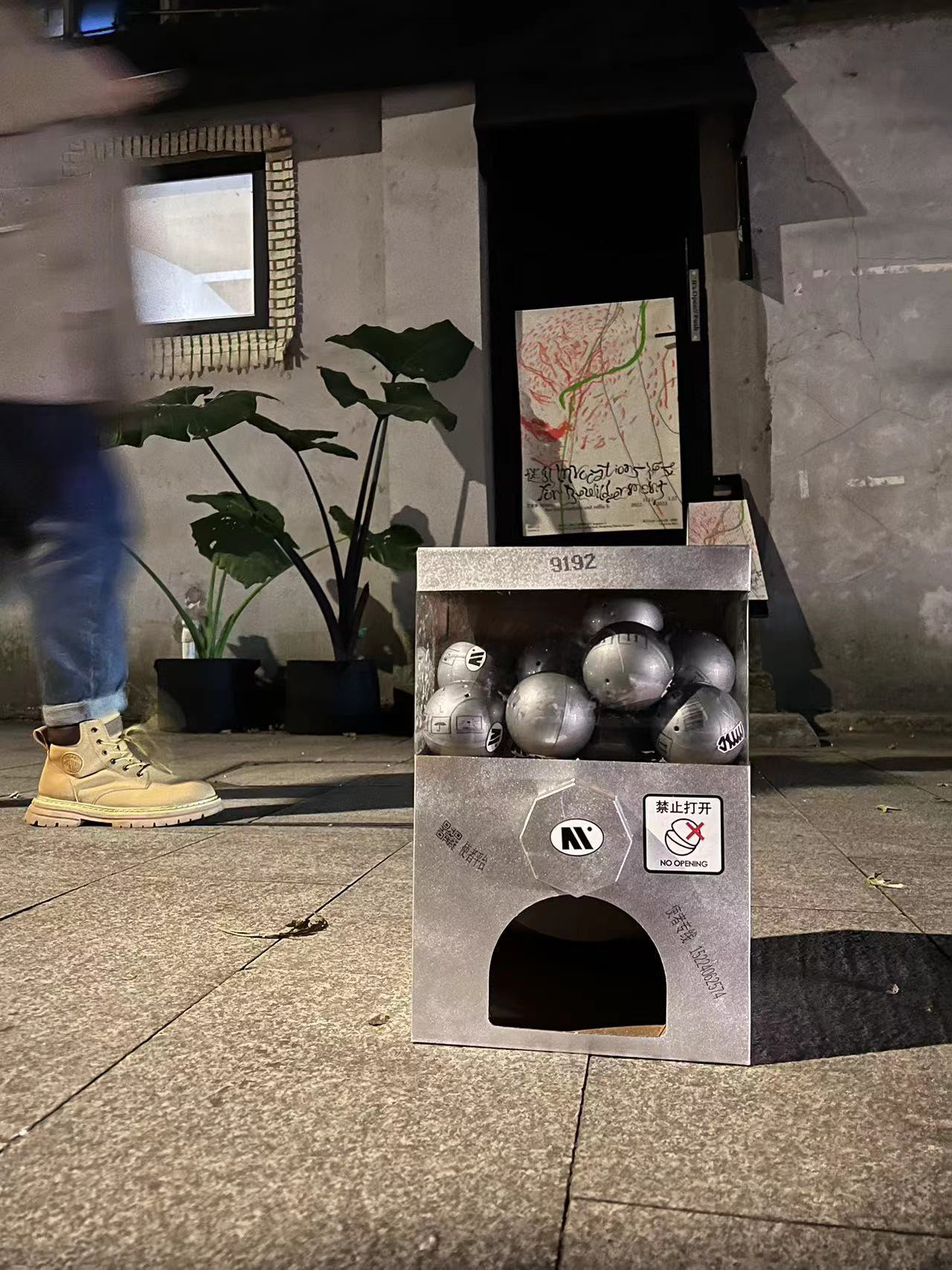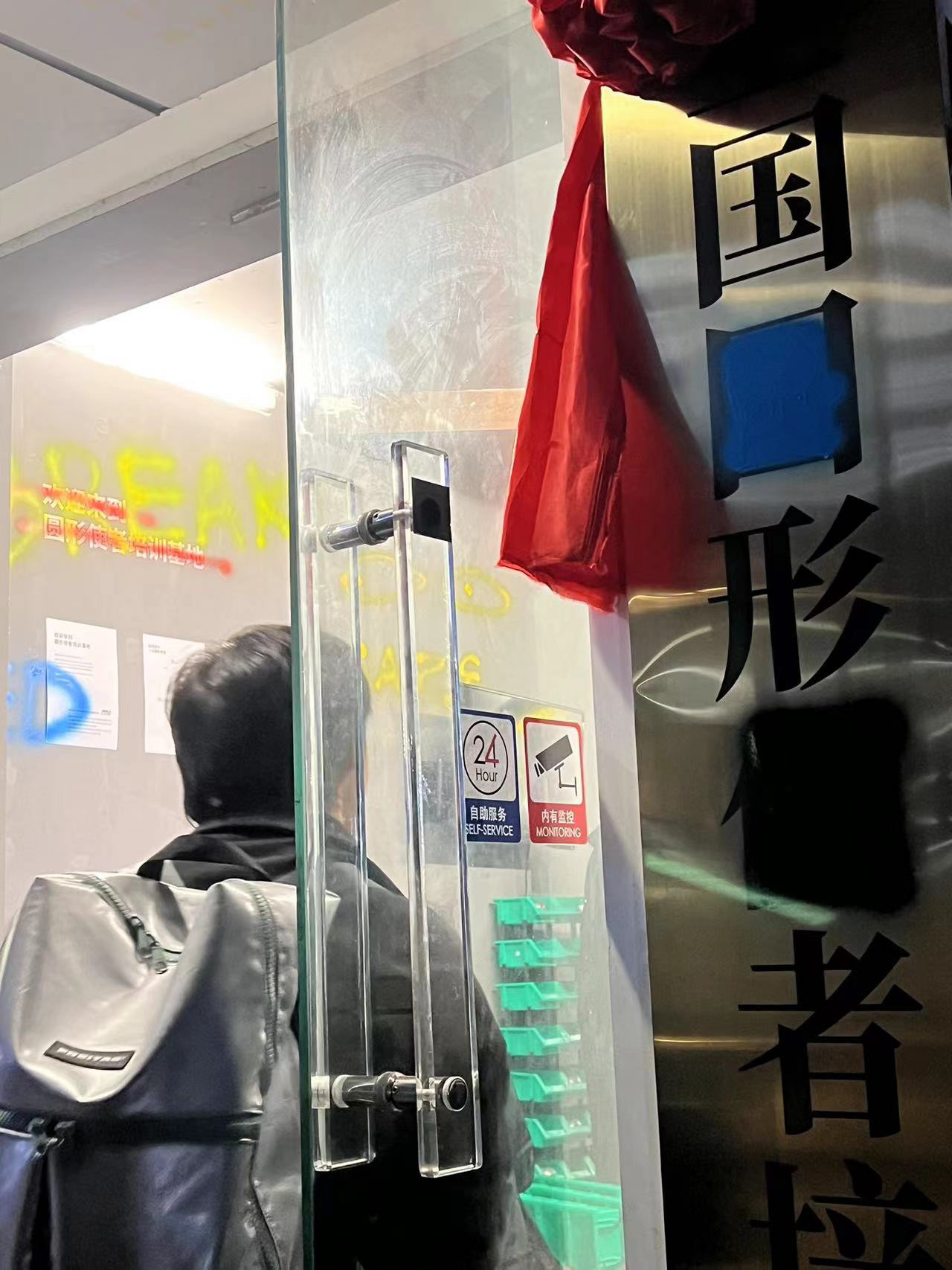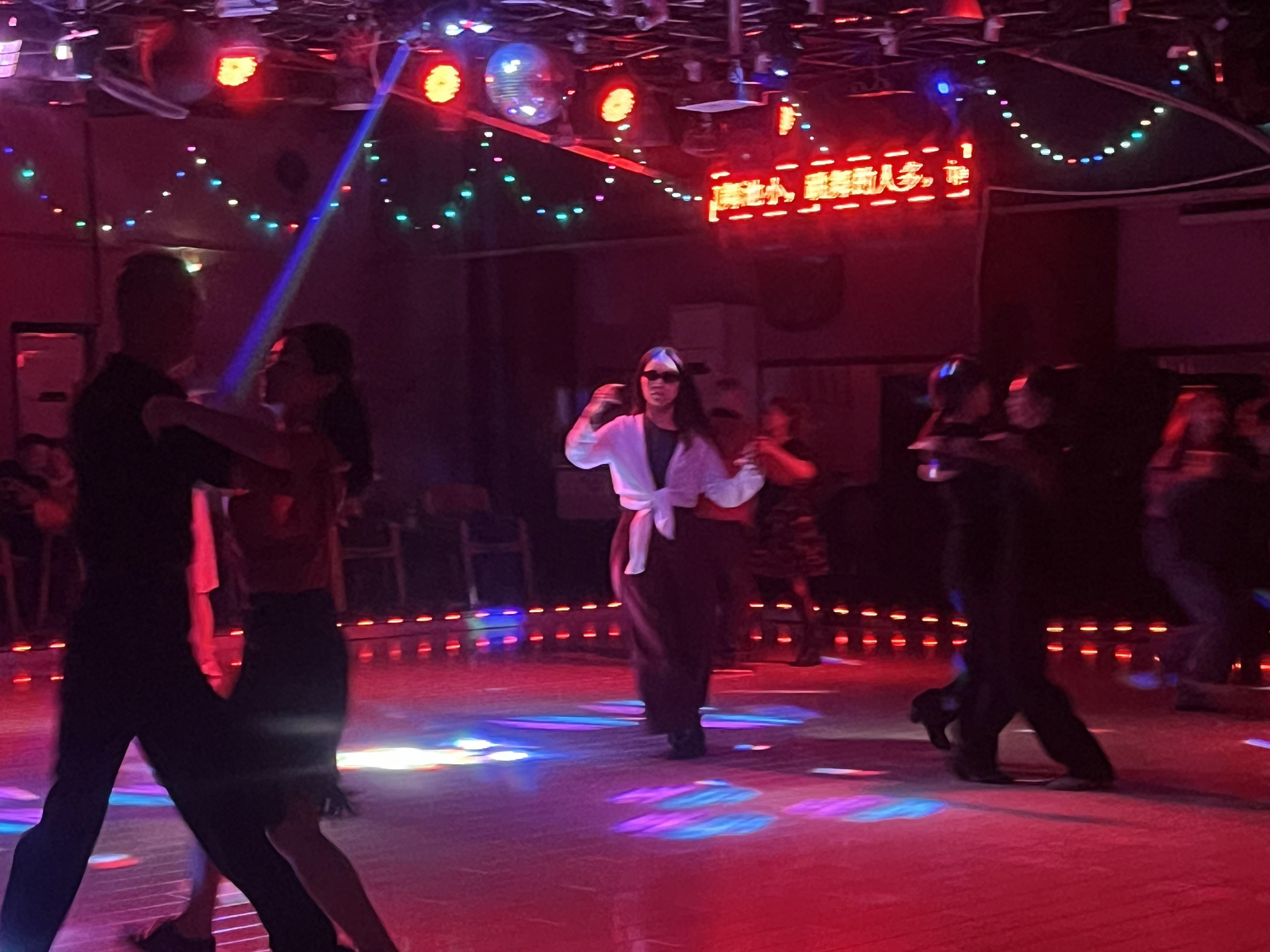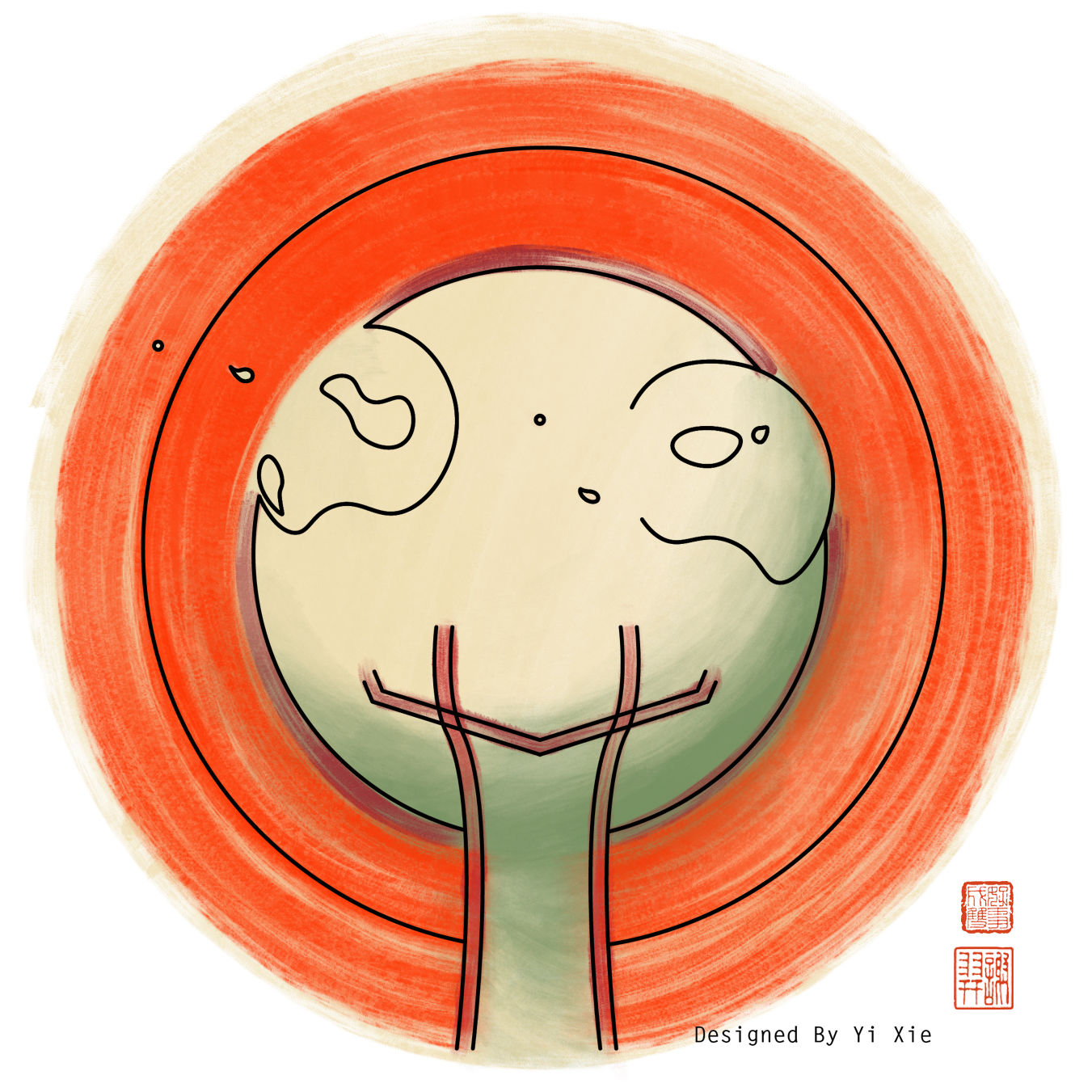Yi Xie
Emotional Connection
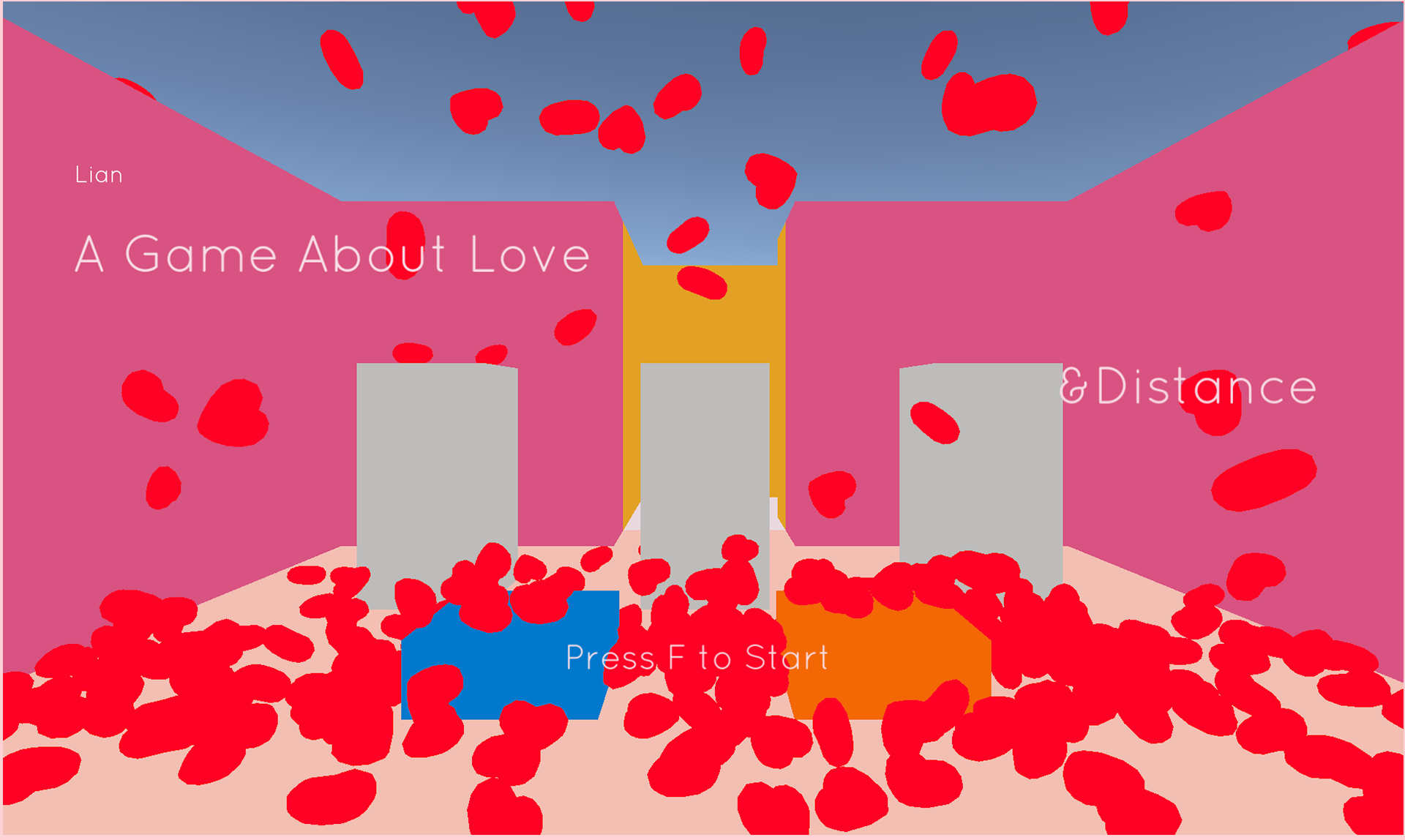
Lian 恋 (2020)
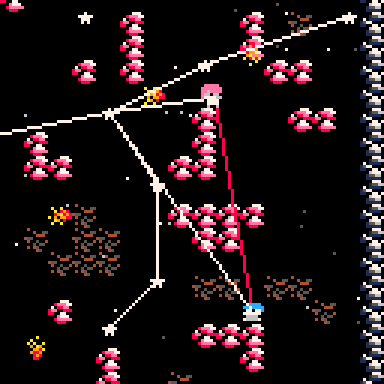
Red String (2021)
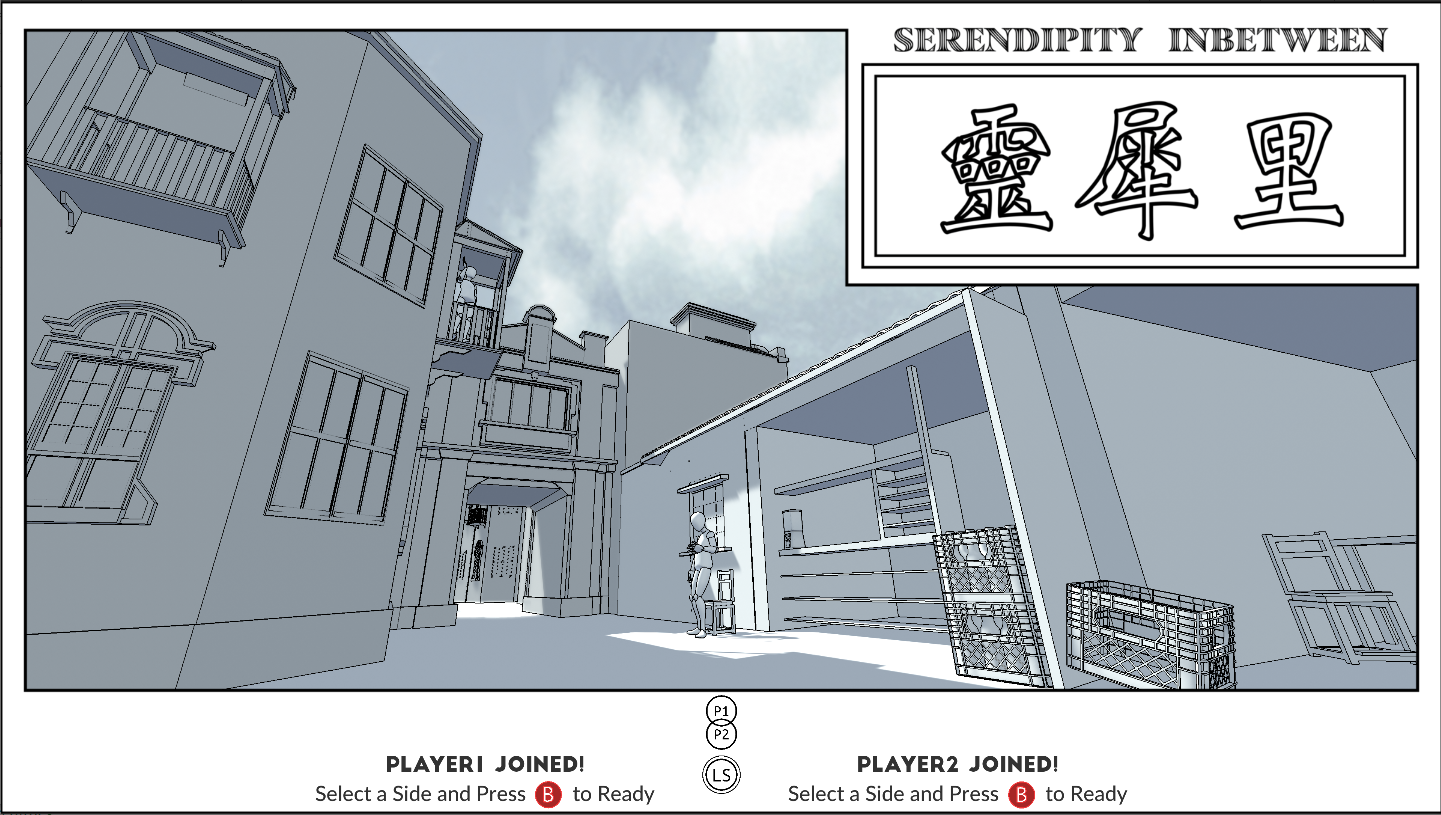
Serendipity InBetween (2022)
Introduction
Throughout my life, playing games has facilitated the formation of several bonds and relationships. I find the ability of games to unite and transmit emotions to be a fascinating topic. As a level designer, game designer, and gameplay programmer, I focus on generating emotional connections between players in my experimental games. This portfolio represents my exploration and experimentation from 2020 until the present. It is a process of me delving deeper into the concept of providing my players with personal emotional gameplay experiences. Through the use of game design, level design, and technical design, I am creating games that expand the communication and emotional connection between players.
Lian 恋: A Game About Love & Distance
Solo Project
Unity
2020
Play Through Video of 恋Lian With Subtitle Help Demonstrating the Idea
恋(Lian) is a beautiful Chinese character that signifies "attachment." It reflects a powerful human emotion that they are related to someone, something, and an event, and I believe it defines the game perfectly. Lian was developed during the onset of the Covid-19 Pandemic, just after I had ended a traumatic and toxic relationship. Before the Pandemic, it is common for individuals to underestimate the power of distance.
IT DISTORTED MY WORLD.
In 恋Lian, the world is heavily distorted when players separated from each other for a while
Distance is the core mechanism of Lian. When separated, players will experience negative feedback that distorts the lens, which will be restored if they remain within each other's aura. This mechanism is connected to all game mechanics, level design, and story design. Three levels are designed to explain three intimate relationship-related topics based on the core mechanics of distance. Players must find and acquire the emblems symbolizing each level's topic to accomplish these levels.
Players see the other's Aura on their side of the screen. It is the most important visual indicator players need to pay attention to while playing the game
~Fight~
A relationship between two individuals involves a struggle against oneself, the other, and outside distractions. The metaphors of ego, sacrifice, and cheating, as well as the feelings of loss, disappointment, surprise, rage, and fear, are all expressed by level design metaphors. Players must remain cohesive without losing themselves. In this level, players are introduced to the Aura and Personal Space (Blue and Orange tiles) mechanisms. If players remain in the incorrect Personal Space, their egos (character size) will shrink. Players can sometimes opt to sacrifice their personal space or temporarily separate apart to achieve their goals (bonus).
~Defend~
Life's challenges hit like bullets. There is no escape other than protecting one another and enduring together. In order to obtain the emblem of this level, players must traverse a range of hit-pushing bullet hell. The core gameplay goal is to maintain composure and unity. This level's design aims to trigger the meta-interaction of players in the real world. This level's narration is comprised of the players' reactions to the bullet hell and traps.
~Time~
Time is another cold-blooded killer of relationships, along with distance. In this level, the players are introduced to a long tunnel with no indication of its speed and space. After entering the tunnel, different speeds will be allocated to the players. They must wait for one another and endure tunnel boredom while traveling. It is another game mechanism that emphasizes the Meta-Interactions between players. Players endure frustration and uncertainty during the playtest on this "endless journey" until they reach the end of the tunnel and see the hourglass emblem. This level's message is intuitively understood and is the most beloved level in the whole game experience.
Red String
Game Designer, Level Designer, Programmer
Pico-8 ver.
2021
Athena Sullins - Music/SFX
Matt Simons - Art, Level Design, Programmer
Rachel Heleva - Game Design, Narrative Design, Art, Programmer
Yi Xie - Game Design, Lead programmer, Level Design
Introduction
Red String is a two-player puzzle platformer inspired by the ancient Chinese myth of the Cowherd and Weaver Girl. It is an ancient myth about unfettered love and celebrating female power in the weaving industry. This pico-8 version is a Unity prototype for an in-progress Red String game.
Based on my work for Lian恋, I want to explore a different way to create meta-conversation and interaction experiences between players in two-player games. Red String is a gameplay metaphor that discusses the bonds between partners inspired by ART/LIFE ONE YEAR PERFORMANCE 1983-1984 (Linda Montano and Tehching Hsieh)
Core Mechanics
According to Chinese Myth, the Red String is the string of fate connecting the destined lovers. The visual representation of this string of fate in the game is a red line connecting both players. The single deadly trap in the game is comprised of spikes. Contrary to traditional game knowledge, the fireball does not kill players. Instead, it impacts the red string that connects the two players together. The physical property of a string connecting two objects is simulated. When a fireball collides with the red string, a force will be imparted to the hit point. This force varies based on each player's proximity to the hit point. This mechanism encourages players to move together to avoid forced movement but also allows them to make super moves by utilizing it correctly. It sets the fundamental of the game.
The game's other mechanism is the constellation puzzle. The origin of the myth of Weaver Girl and Cowherd Boy is the Summer Triangle. We took inspiration from the original myth. To solve those puzzles, players must platform and draw the constellation in the game according to the given hints. It enhances both the aesthetics and the gameplay.
A long-term RedString Unity project is currently in development. We intend to utilize games to reframe this story and criticize the emerging gender and consumerism problems in China.
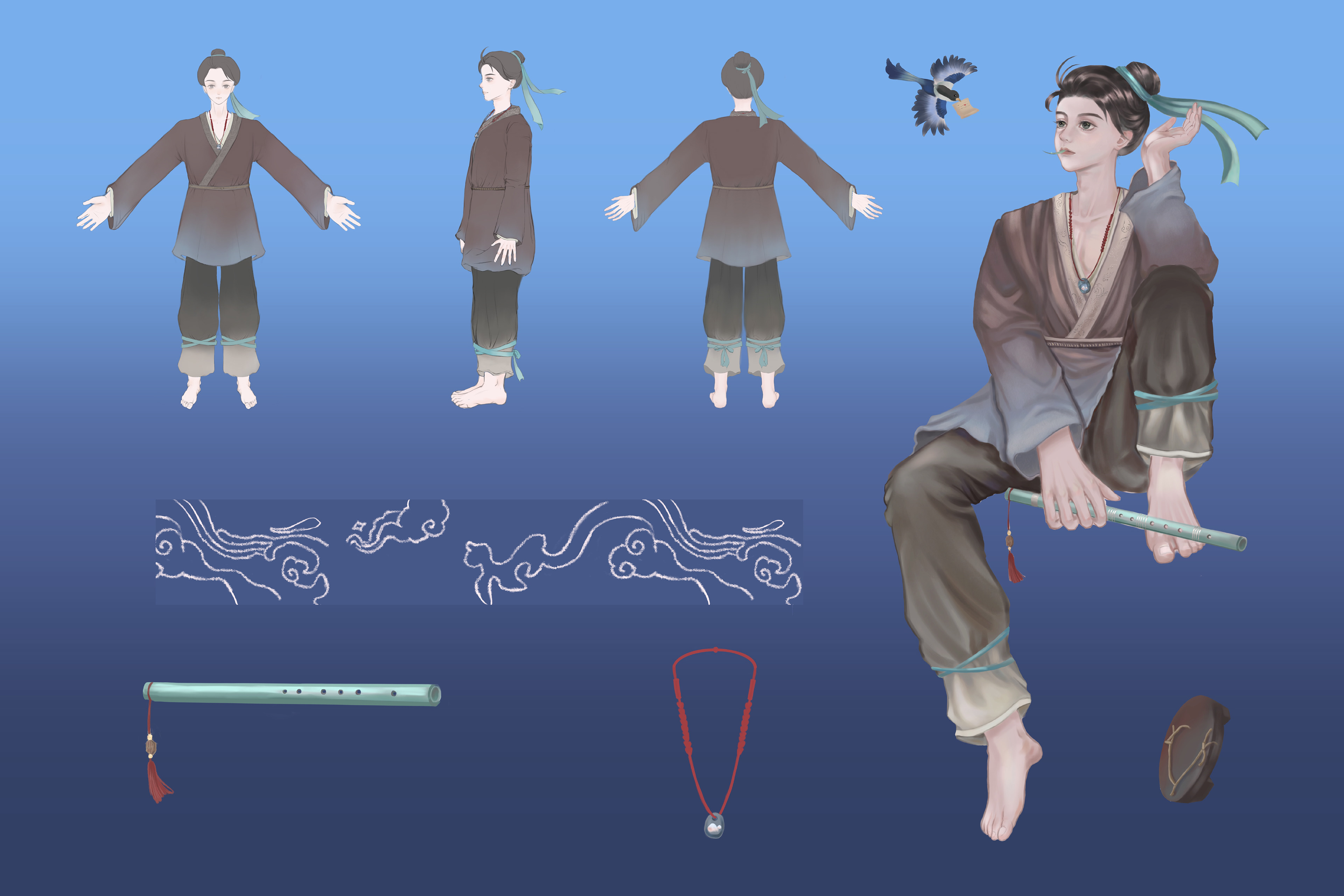
Cowherd Boy Unity Ver. Character Concept Art

Red String Unity Ver. Level Concept Art
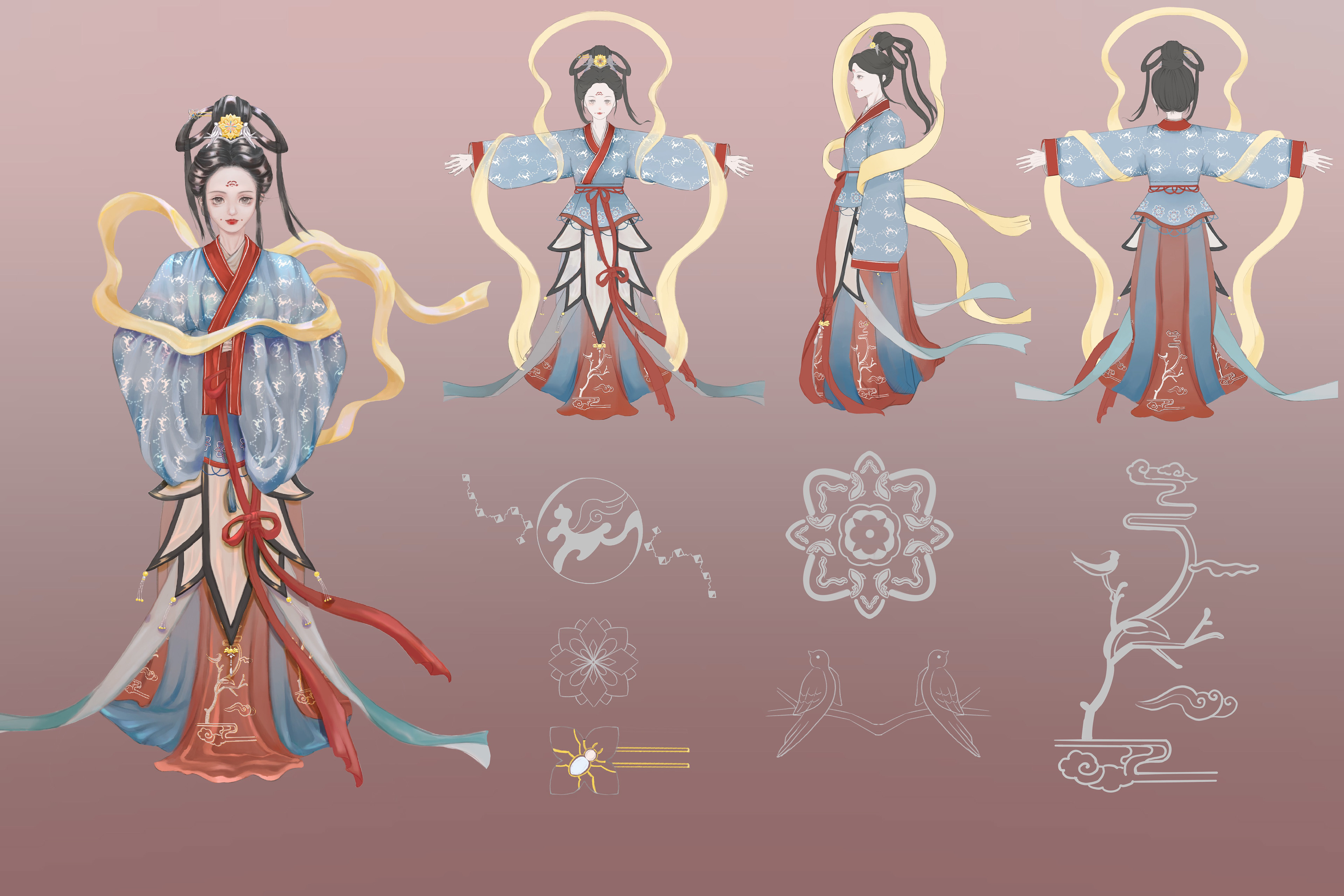
Weaver Girl Unity Ver. Concept Art
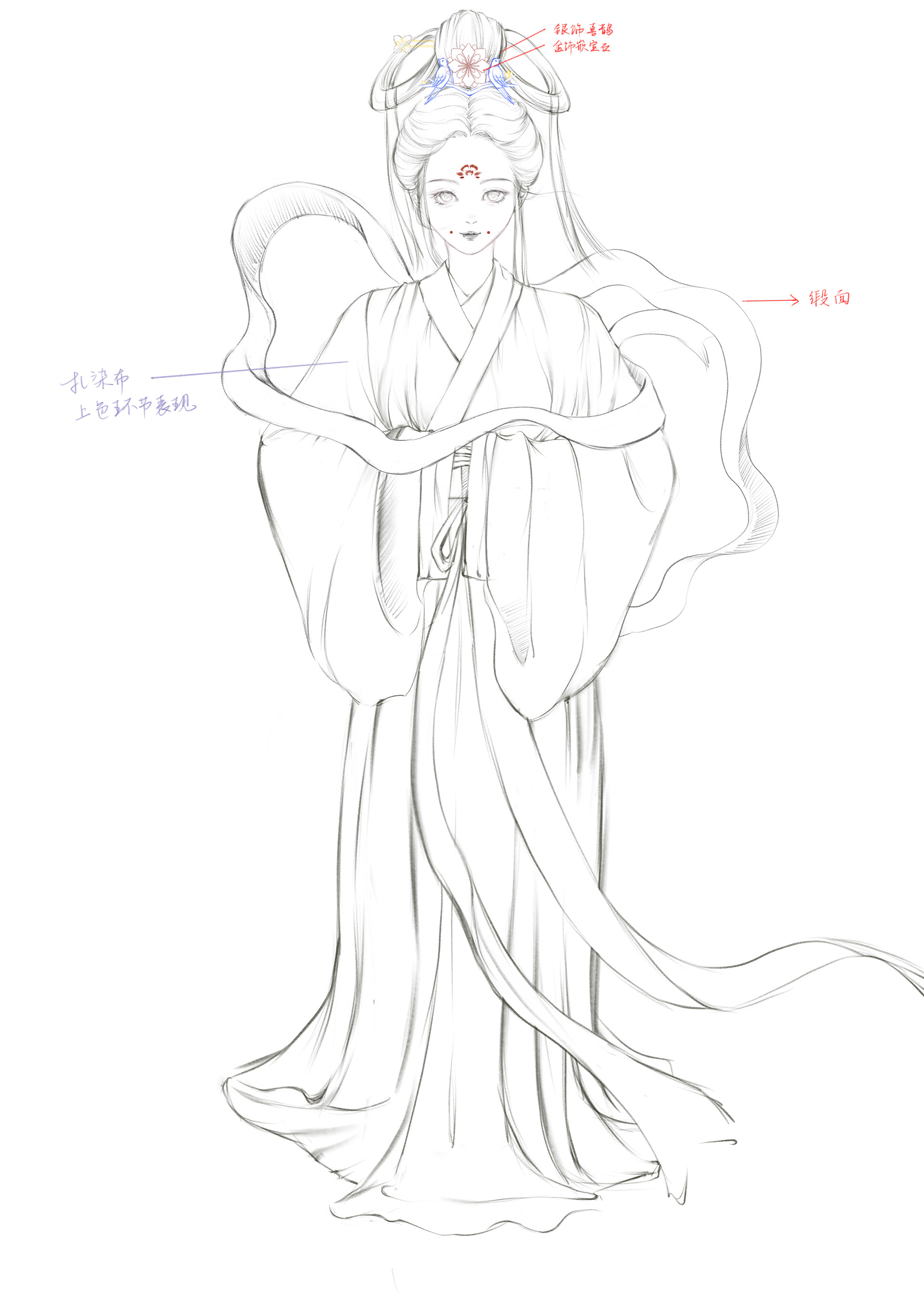
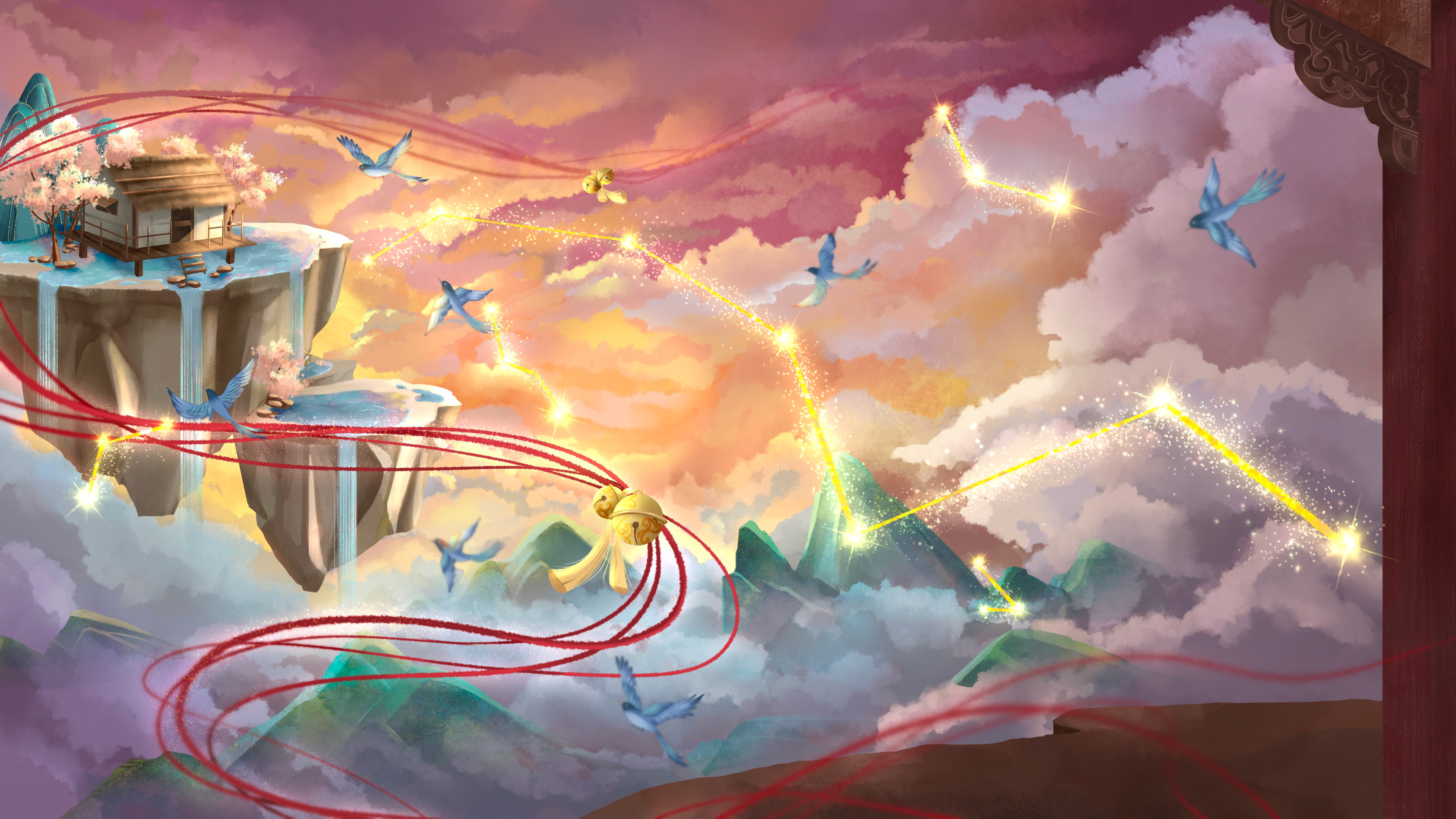
Red String Unity Ver. Theme Concept Art
Red String, Unity Ver.
Art by Xi Yang, Jingwei Zhu
Serendipity Inbetween
Game Designer, Level Designer, Programmer
2022
Game Designer: Yi Xie Level Designer: Yi Xie 3D Artist: Yifan Shuai
Narrative Designer: Yi Xie, Tracy Lin Concept Consultant: Jinyi Kang Music: Ryan Cheung
Special Thanks: Patrick LeMieux, Stepanie Boluk, Eugene Shi
Introduction
Serendipity InBetween recounts the 30-year-long Greek tragedy of two childhood friends in an iconic ancient suburb of Shanghai, China. Players enjoy the game not just as gamers but also through the innovative use of haptic feedback in the controllers, which conveys the emotion of one player to another. This is not only another bittersweet story in the game but also an unforgettable experience for the controller-holders.
Player Interact with NPCs
Chapter One - Serendipity
On a typical day in Shanghai, China, two kids from Long Tang met, compelled by a mysterious inner pulse. Players can navigate and interact with a vivid Shanghai Old Community. Players can explore each neighbor's unique, interactive story at this level. On this level, efforts have been made to replicate the now-disappearing buildings and communities that were significant to the 1980s of Shanghainese culture. During World War I and World War II, Long Tang was the primary dwelling community for many Shanghainese. It is the combination of Chinese and Western architectural styles that have become the hallmark and essence of Shanghai's culture.
Gameplay
Long Tangs often have a complicated layout, and we have replicated this in our game. The players have become separated in the level, and a haptic pulse indication will help them in reuniting. It forms an emotional connection between players when they find each other using haptic feedback.
In addition, if players engage with their neighbors in the communities, they will be able to obtain character customizations to decorate their characters. This customization will allow players to imbue their character with personality. It is not simply a factor that motivates players to explore stories about their neighbors but also a trait that players project onto the character.
Demo Project For Level 2
Chapter Two - Tacit
Like all teenagers, No one rules them! Two kids sneak out at night and discover a mother cat giving birth...
Players need to collaborate to move fast at night without being caught by adults in Longgang who are famous for their nosiness. For this level, an experimental haptic feedback game mechanic is included. The haptic feedback allows the participants to feel each other's input, which will assist them in overcoming the obstacles. This level's objective is to strengthen the IO connections that bring the player into the game. Players will learn to communicate through the haptic feedback channel offered by the game.
Chapter Three Gameplay Screenshot
Chapter Three - Connection
Growing up together, the huge disparity between their families foreshadows the separation of two kids. One of them remained in the neighborhood to manage the family grocery store. The other attended a college in a different city. The more they were apart, the more they could not stop thinking about one another.
Gameplay
This level is a two-player rhythm game in which haptics plays a significant role in the game's narration and feel. This is the point in the game where the meta-interaction triggers become engaged. It is not a typical rhythm game but rather an interactive experience regarding the effects of a sudden connection with others.
Chapter Four - Stranger
They ultimately reunite after several years. Nevertheless, everything changed. Their life disparities create a huge mental filter in their mind. They perceive the stories of their neighbors in quite different ways. It constructs the biggest surprise of the game when players are immersed in the experience. The haptic feedback pattern, game content, and music that the two players had become accustomed to on the previous level begin to steer them in different directions. This level is similar to the first, except there are many events, including the finale, that players must check simultaneously. At this level, the asymmetric information between two players will result in meta-conversation when they realize they have a completely opposite understanding of the story. The Player's reaction and interpretation of the finale will form the last piece of this experience.
Mission Must Be Done
Game Designer, Programmer
2022
Project Curated by China Academy of Art
Yi Xie - Game Design, Programming, 老妖精 - Performance, Game Design, Mise-en-scène


